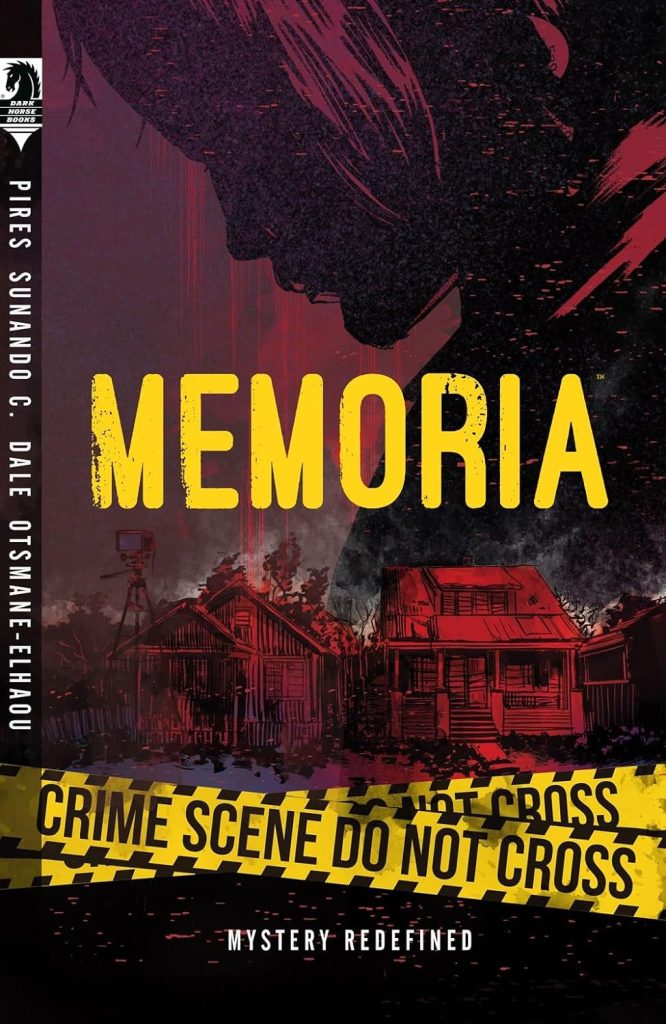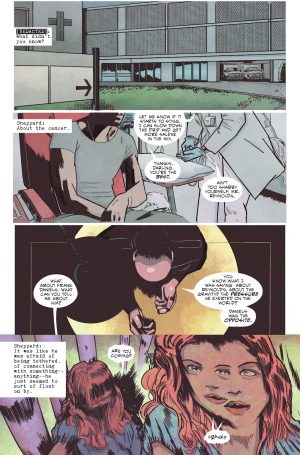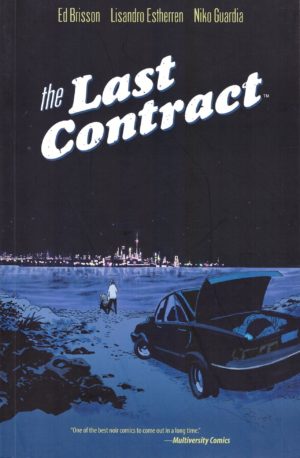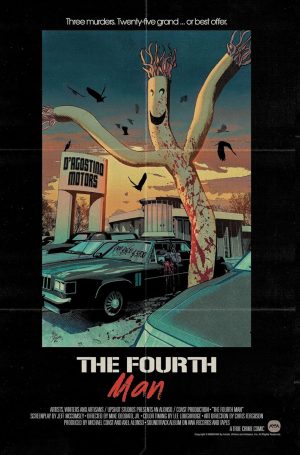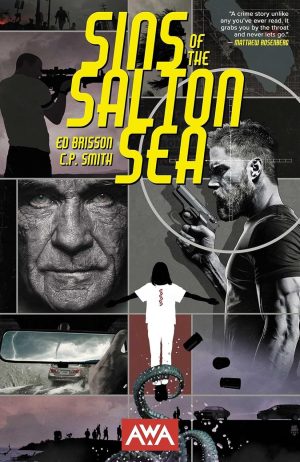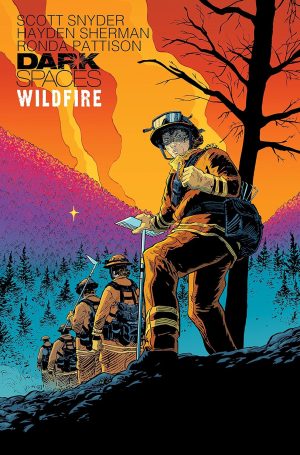Review by Ian Keogh
A police chief on the verge of retirement has two officers whose behaviour consistently requires them to switch partners. The death of Tony Reynolds’ wife has left him constantly angry and aggressive, which manifests in brutality with suspects. What he’s kept to himself is that he also has cancer. Frank Daniels is constantly drunk and can’t keep it in his pants. Unable to work with anyone else, they’re assigned to investigate a strange case together. Photographs of murders have been nailed to trees in the local woods, and preliminary investigation reveals them as genuine.
Curt Pires tells this story in hindsight, seemingly an investigator going over details once again, and possibly setting up a redemption story with the police diligent in their investigations. As a procedural mystery the slow story pace reflects the process of following leads without instant solutions, with the progression of Daniels and Reynolds as important as the plot.
Artist Sunando C reflects the pace, but doesn’t inject enough variety into the art as far too many panels are closed in on someone’s face. Those faces are well composed in showing people who’ve been sucked down by life, but a deliberately decompressed plot requires greater visual diversity to maintain interest.
Despite their flaws both protagonists are efficient detectives, knowing where to follow a clue, who to provoke and trusting in their instincts. As they trudge from place to place, Pires drops extra information to readers, some confirming their instincts and other scenes delivering the surprises. It doesn’t take long before someone rich and influential with perverse tastes is uncovered, and Pires then supplies a prolonged deeper flashback showing how the start of what’s being investigated stretches a long way further back.
Colour is supplied by plenty of sordid detail, thankfully not shown as graphically as it might be, and a clever cover-up evolves. The question becomes whether two reprobates can overcome their own damaged personalities to see justice prevail. With more imaginative art Memoria might have been compelling. As it is, the plot and character studies stand up for a decent experience where the execution fails.
